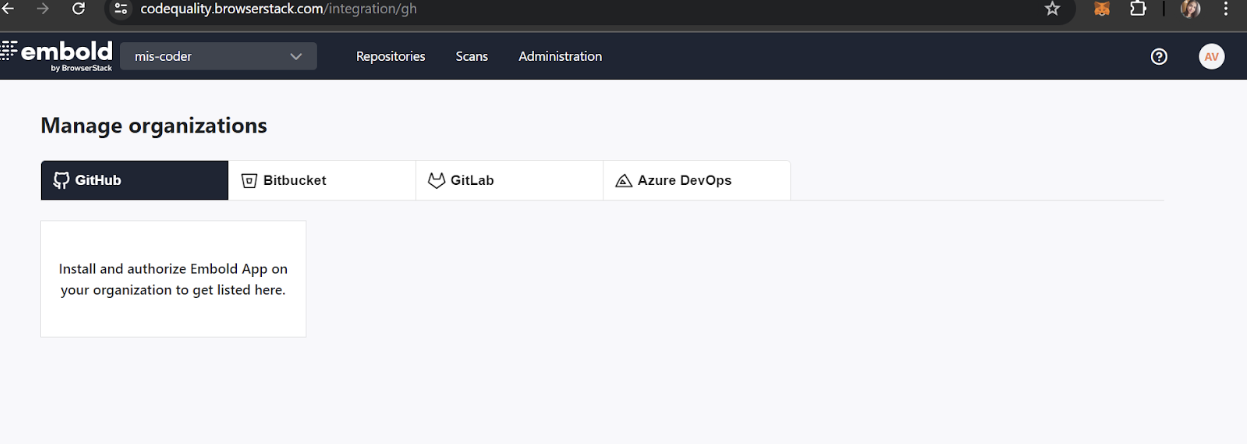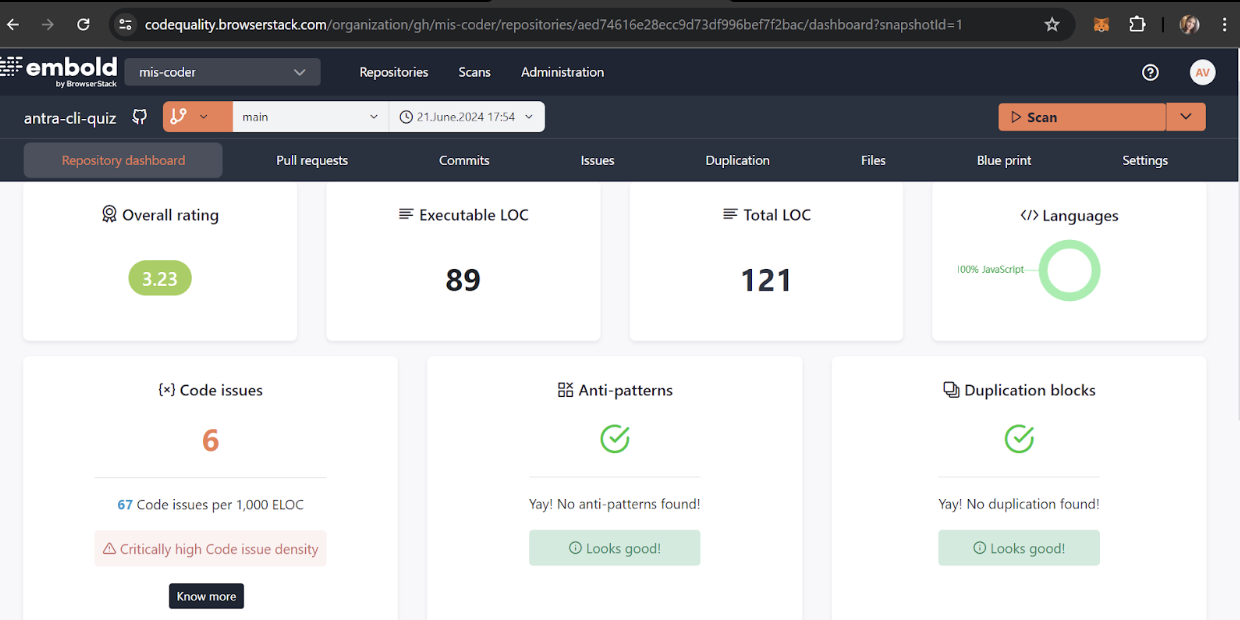What is Peer Testing: How to perform
By Antra Verma, Community Contributor - July 11, 2024
Peer testing is a crucial aspect of software development. It involves having team members review each other’s work to identify defects, improve quality, and ensure that the software meets requirements.
What is Peer Testing?
Peer testing, also known as peer review or peer inspection, is the process of evaluating code, documentation, or other deliverables by colleagues within the development team.
The purpose of peer testing is to catch defects early, enhance collaboration, and maintain high-quality software.
Why is Peer Testing important?
- Quality Assurance: Peer testing helps maintain software quality by catching issues before they reach production.
- Knowledge Sharing: Team members learn from each other’s work, improving overall expertise.
- Reduced Defects: Early identification of defects minimizes costly rework.
Peer Review Process
The peer review process is a structured approach to evaluating deliverables within a development team. It involves several key steps:
- Planning: Before the review begins, define the objectives, select reviewers, and set clear expectations. Understand what aspects of the artifact (such as code, design, or documentation) need examination.
- Preparation: Reviewers study the artifact independently. They familiarize themselves with the content, paying attention to details, logic, and adherence to standards.
- Review Meeting: The team holds a discussion where reviewers share their findings. They ask questions, provide feedback, and identify any issues. This collaborative session ensures that different perspectives are considered.
- Follow-Up: After the meeting, the author of the artifact addresses the identified issues. Updates are made based on the feedback received during the review.
How is Peer Testing different from QA Testing?
Peer testing is done by developers while QA testing is done by QA Engineers. One can distinguish peer testing from QA testing based on following points:
- Scope: Peer testing focuses on specific deliverables (e.g., code, design), while QA testing covers the entire application.
- Timing: Peer testing occurs during development, whereas QA testing happens after development.
- Purpose: Peer testing aims to improve quality, while QA testing verifies functionality.
Requirements of Peer Testing
There are a few requirements for peer testing as mentioned below:
- Ensure that the code, design, or requirements are well-documented. Clear comments, meaningful variable names, and concise explanations enhance readability.
- Involve team members with different backgrounds. Diverse viewpoints lead to more comprehensive evaluations.
- Use predefined checklists to guide reviewers. These checklists cover common issues related to coding standards, security, performance, and functionality.
- Define clear criteria for evaluating deliverables. For code, consider factors like maintainability, test coverage, and adherence to architectural patterns.
- Allocate enough time for peer reviews. Rushed reviews may miss critical issues.
- Plan regular review sessions during development milestones.
Benefits & Limitations of Peer Testing
Benefits of Peer Testing
- Peer testing allows defects to be caught early in the development process. By having fresh eyes review the code or documentation, issues like logical errors, typos, or missing requirements can be identified before they impact users.
- When team members review each other’s work, knowledge is shared. Reviewers learn about different approaches, coding styles, and problem-solving techniques. This cross-pollination of ideas enhances overall expertise within the team.
- Multiple perspectives lead to better solutions. Peer testing encourages discussions about design choices, performance optimizations, and best practices. As a result, the quality of the software improves.
- The review process fosters collaboration. Team members discuss trade-offs, alternative solutions, and potential risks. This communication strengthens the team’s cohesion.
Limitations of Peer Testing
- Reviewers may overlook defects due to familiarity with the code or the author. Confirmation bias can lead to missed issues. Rotating reviewers helps mitigate this limitation.
- Peer testing requires dedicated effort. It can slow down development, especially if reviews are extensive. Balancing thoroughness with project timelines is essential.
- Reviews involve opinions. What one reviewer considers a critical issue might be seen differently by another. Clear criteria and guidelines help manage subjectivity
How to Perform Peer Testing?
Perform peer testing easily using BrowserStack’s code quality management tool. Steps for the same are given below:
Step 1: Sign up on BrowserStack.
Step 2: Go to the Code Quality tool.
Step 3: Connect your code repositories (e.g., GitHub) to the platform.
Step 4: Get insights on design, vulnerabilities, and issues.
Step 5: Set up continuous quality checks in your pipeline.
Step 6: Act on real-time alerts and recommendations.
Best Practices for Peer Testing
Here are the best practices you should follow when performing Peer Testing:
- Evaluate based on established criteria, such as coding standards or documentation guidelines.
- Create or adopt checklists specific to your project or domain.
- Involve different team members in peer testing.
- Be specific about what needs improvement.
- Suggest alternative solutions or point out potential risks.
- Engage in discussions during review meetings.
- Share insights, ask questions, and learn from each other.
Conclusion
Peer testing, when executed diligently, becomes a powerful ally in maintaining software quality. By adhering to best practices, leveraging tools like BrowserStack Code Quality, and fostering collaboration within the development team, one can contribute to robust, high-quality software.






